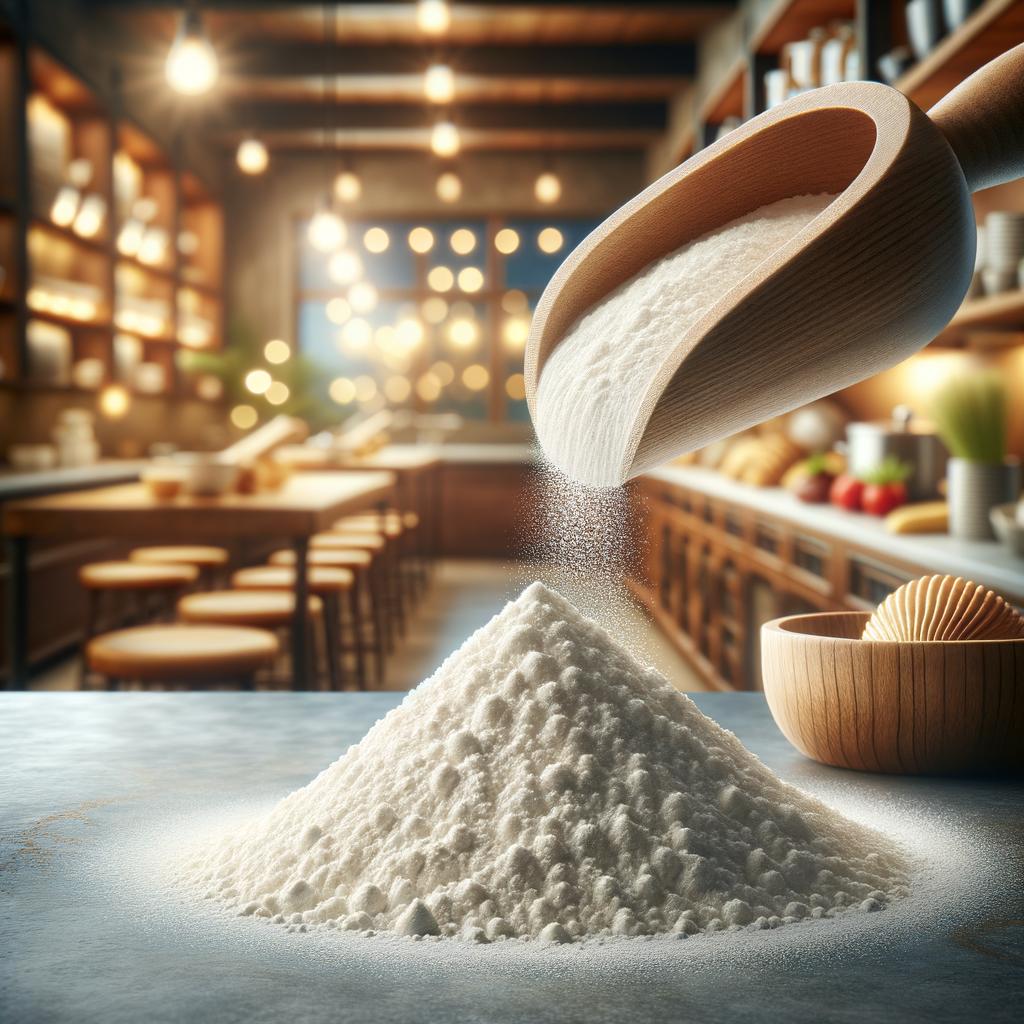Manioc Flour

Description Manioc flour, also known as cassava flour, is a staple food ingredient derived from the root of the cassava plant. It has a fine, powdery texture that is almost akin to that of cornstarch, with a pure white appearance that is reminiscent of freshly fallen snow. The flavor profile of manioc flour is neutral, with a slight earthy undertone that makes it a versatile ingredient in a variety of dishes. Its unique characteristic lies in its gluten-free nature, setting it apart from other similar flours and making it a boon for those with gluten intolerance.
Primary Uses Manioc flour is a culinary chameleon, used in a myriad of dishes across different cuisines. In Brazil, it is a key component in the traditional dish "farofa," where it is toasted with butter, salt, and bacon. In Africa, it is used to make "fufu," a starchy accompaniment to stews. Its gluten-free nature also makes it a popular choice in gluten-free baking, where it can be used to make bread, cakes, and cookies. Beyond its culinary uses, manioc flour has cultural significance in many societies, often used in religious ceremonies and traditional rites.
History The history of manioc flour is as fascinating as its culinary uses. Originating from South America, the cassava plant from which it is derived was a staple food for pre-Columbian cultures. The process of making the flour, which involves peeling, washing, grating, and finally drying the cassava root, has been passed down through generations. Over time, its use spread to Africa and Asia as a result of trade and exploration. There are many folklores associated with cassava. In some cultures, it is believed that the cassava plant came from the tears of a goddess, making it a sacred ingredient.
Nutritional Information Manioc flour is not just versatile but also nutritionally dense. It is a good source of carbohydrates, providing energy for daily activities. It also contains dietary fiber, promoting digestive health. Unlike other flours, it is gluten-free, making it a healthy alternative for those with celiac disease or gluten intolerance. Its low sugar content also makes it suitable for diabetics. When compared with wheat flour, manioc flour has a similar calorie count but offers a higher amount of dietary fiber, making it a healthier choice. However, it should be noted that it contains cyanide, a toxic compound, which is eliminated during the processing, making it safe for consumption.

